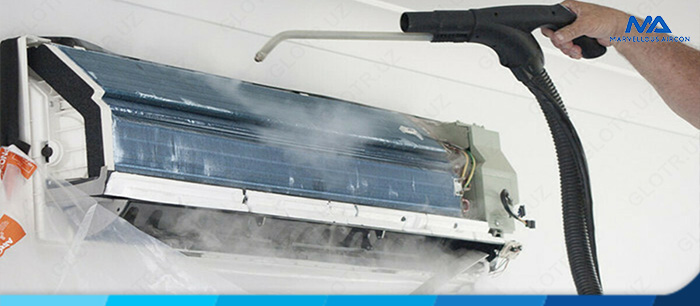Learn more about steam cleaning, which is a very effective and non-toxic method of cleaning and sanitising surfaces throughout your house. Find out why you should use a steam cleaner in your home and how to do it. The beauty of steam cleaning is that it successfully trades heat for chemicals while not compromising on strength or effectiveness. To be more specific, when utilised appropriately, steam can instantly eliminate 99.99 percent of germs and bacteria, making it a safe and healthy approach to clean your home from top-to-bottom that is also environmentally friendly and all-natural.
What is the procedure for using a steam cleaner?
Thousands of small vapour molecules in steam penetrate the pores of a surface, forcing dirt, oil, and other stain-causing particles to escape. The intense heat produced by the steam also kills bacteria, germs, mould, dust mites, and other microorganisms — all with just plain old water.
What kind of things can I steam clean?
It is possible to use steam cleaners on a surprising number of domestic surfaces without causing damage, including sealed tile and hardwood floors; grout; sinks; tub and countertop surfaces; carpets; beds; upholstery; showers; ovens; stove tops; grills; glass; and other surfaces. It all depends on the sort of steam cleaner you have; certain chores will necessitate the use of particular attachments.
What can’t I steam clean?
Steam can cause unsealed flooring to bend, plastic to melt, and laminate floors to swell if they are not properly sealed and it is not necessary to steam clean these surfaces. Other surfaces that should not be cleaned include chilly windows, unglazed tile, surfaces that have been painted with water-based paint, and fragile surfaces.
What to look for when buying a steam cleaner?
Functions:
Make certain you’ll receive the attachments you’ll need to complete the tasks you’ve set for yourself around the house.
Warm-up period:
Some machines heat up in less than a minute, eliminating the need to turn on the machine and wait.
Capacity of the tank:
The greater the capacity of the container, the longer you can clean before having to stop and replenish and reheat. Machines with “continuous fill” feature a backup tank that allows you to clean for a longer period of time.
Heat:
In order to successfully sterilise, the steam cleaner must heat the water to a temperature of at least 200 degrees. With increasing heat, steam becomes dryer, which results in a lesser likelihood of injuring particular surfaces with excessive water emitted from the boiler.
Price:
You get what you pay for when it comes to many things. Better customer service, a solid warranty, and a longer product lifecycle should be included with a higher price tag, if possible.


